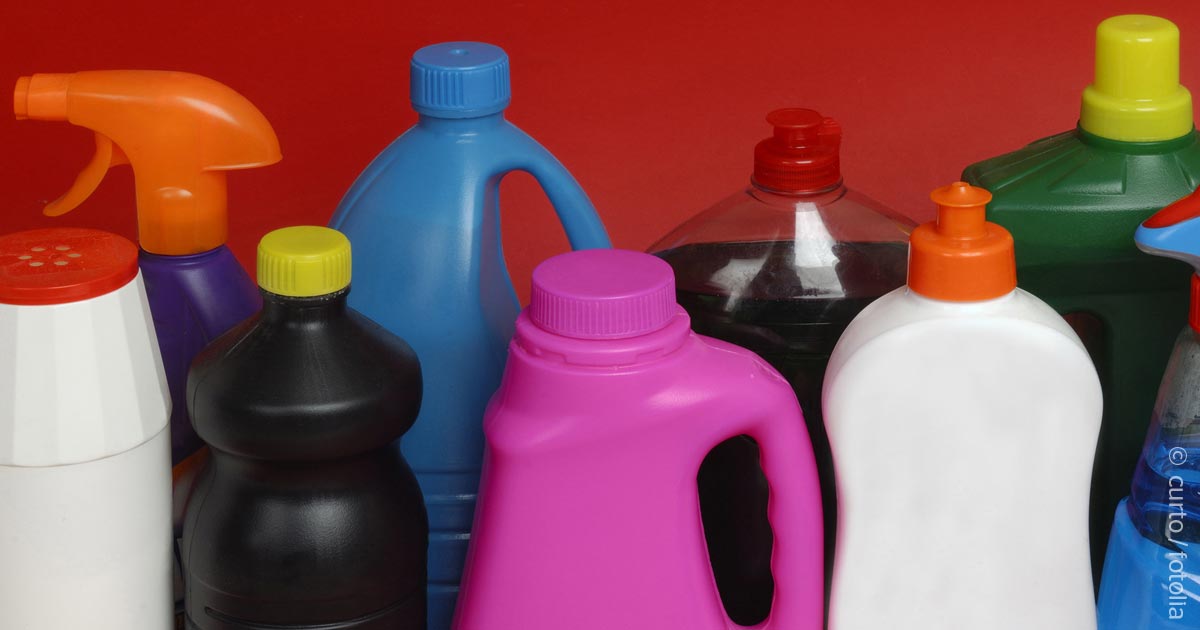Like most RVNs, I like a good clean.
This is never at home though, obviously – it’s all about a sparkling work place.
I love to smell disinfectant and have everything shiny – especially a ward. Once all the patients are medicated and calm, curled up sleeping, it’s not unusual to find me quietly ensuring the place is sparkling, with the faint whiff of disinfectant keeping me happy.
I also like to sniff surgical spirit, pink tape and (for those of us who can remember it) Endorid – but maybe that’s enough of my secret VN-based oddities…
So this fog of disinfectant in the air, slightly catching the back of my throat – this must mean it’s clean, right? If I scrub and clean in a haze of the blue or green liquid, it must be good, surely?
Possibly. And possibly not.
Considerations for cleaning
There are a few things to consider in infection control that might be more helpful than just liberal spraying:
1. Am I using the correct chemical for the job?
- Do I need something that kills spores and viruses?
- Am I cleaning the floor, the kennel, some food bowls?
2. Is it made up to the correct dilution for the environment?
- Am I in isolation?
- What risk factors are there?
- Surely just adding a bit of coloured disinfectant until it looks right isn’t enough?
3. How should I dispense the disinfectant?
- Spray?
- Pour and wipe?
- Bomb?
4. How does all the above affect me?
- How can I keep both the patients any myself safe?
Stop spraying
 These questions led me to do some research, where I found a few articles on not using plant sprayer-type bottles, as this increases the risk of disinfectants being an airborne irritant, causing poor air quality. I recommend you take a look as it’s an interesting read:
These questions led me to do some research, where I found a few articles on not using plant sprayer-type bottles, as this increases the risk of disinfectants being an airborne irritant, causing poor air quality. I recommend you take a look as it’s an interesting read:
https://noharm.org/sites/default/files/lib/downloads/cleaners/Cleaning_Chem_in_Hosp.pdf
This, in turn, got me thinking about protecting our health, and I’ve realised my lungs took quite a battering in my early years of nursing. Following this, I did a feline placement at Bristol University, where they used the pour and wipe method (although they used a bowl and cloth). This can be made easier by using a squeeze bottle like the one pictured on the right – you can make up a full bottle and then use cloths to clean cages, surfaces and equipment.
Don’t be an aerosol
If you do have to use a spray bottle, spraying onto the cloth rather than directly onto the surface will reduce the amount of spray in the air.
On cloths, they add another dimension. You can buy cloths in tubs that you then make up the disinfectant in. They are great, but expensive, so I found a little guide to using a bowl and cloth for cleaning. Table 3 in this article shows a good technique for using two bowls – one to rinse the cloth in and one with the disinfectant for cleaning in – which keeps the disinfectant clear of anything from the cleaned item.
Trigger happy?

You might also want to consider the fact a trigger spray is a potential fomite – the top of it cannot be dismantled and cleaned, so there’s a possibility it is harbouring potential problems. Most of these sprays also have some metal components that will corrode, so you should check your disinfectant is safe to use with a spray.
Worldwide, people are researching how to make our hospitals safe for us and our patients. If you are interested in reading more about how to make your workplace “green clean”, then check out the links below. They offer alternatives to trigger sprays, ways to reduce our exposure to chemicals and how to reduce waste – all things to help us keep safe and healthy.
If you are interested in some infection control webinars, meanwhile, the website below is great. The authors are especially keen on training people properly, and have some great ideas for this.
So, from now on, I’m going to protect my lungs and those of the people around me. No spraying, and properly made-up chemicals for use in the correct areas.
I’ll leave hand washing and personal protective equipment (PPE) for another blog. And I bet you can’t wait.

Leave a Reply